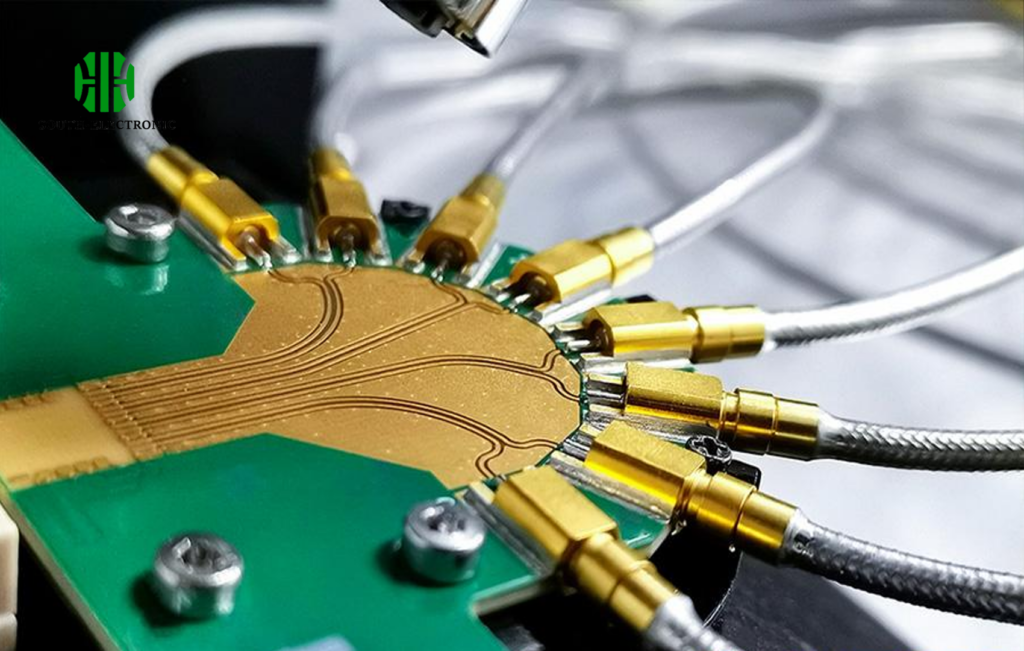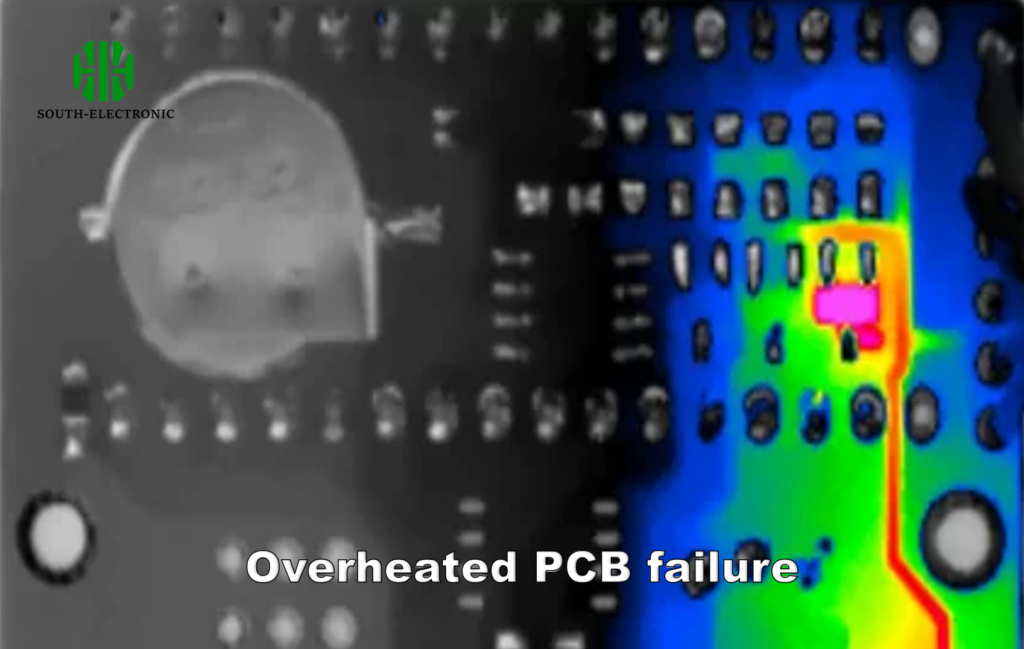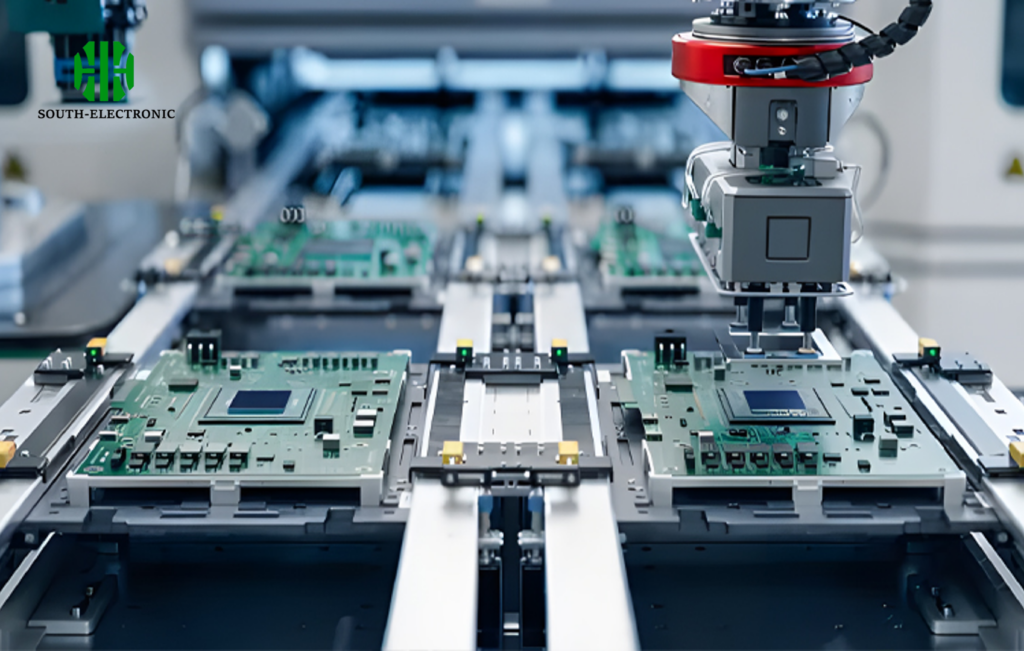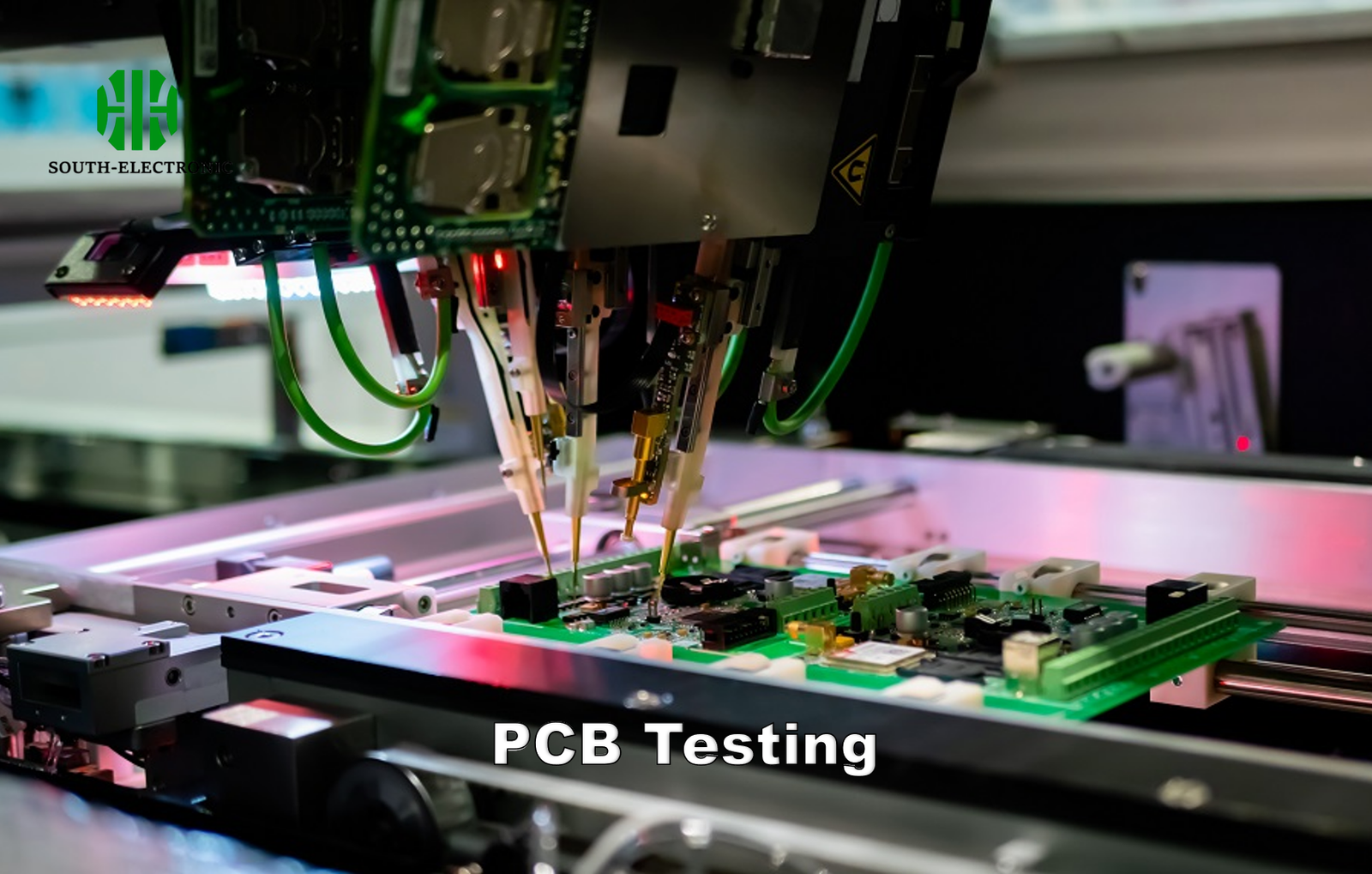Struggling with PCB defects? Failures cost time and money. I faced this repeatedly. Your choice affects reliability and costs. Let me guide you through smart test selections.
The best test method depends on your production volume, budget, and complexity. High volumes suit In-Circuit Testing[^1] for speed. Prototypes benefit from Flying Probe[^2] flexibility. Automated Optical Inspection catches visual defects early.

Choosing wisely prevents expensive reworks. See how each approach fits real-world needs. These proven methods protect your investment.
Why Can’t My Board Pass Test?
Failing PCB tests? This frustration wastes resources. I’ve seen boards rejected for simple oversights. Hidden flaws often cause repeat failures. Pinpointing issues saves months of debugging.
Common reasons include poor soldering, faulty components, or design errors. Test point accessibility matters. Environmental factors like humidity create false negatives. Misconfigured test fixtures also cause failures.

Let’s analyze why boards fail and how to avoid it. Each issue has specific fixes.
Root Causes of PCB Test Failures
Most test fails trace back to three areas: design, manufacturing, or component problems.
Manufacturing Process Errors
| Issue Type | Frequency | Solution |
|---|---|---|
| Solder bridges | High | Adjust soldering temperature |
| Cold joints | Medium | Increase preheat time |
| Misaligned components | Low | Improve placement calibration |
Design flaws cause 35% of failures. Test points placed incorrectly prevent proper contact. I once redesigned probe locations solving false negatives overnight. Material defects appear during thermal cycling too. Use testing kits to verify component specs upfront. Manufacturing variance affects small-run productions most. Consistent testing avoids batches failing later.
How Much Does PCB Testing Cost?
Testing expenses surprise many designers. Overlooking quotes created budget overruns in my early projects. Charges depend on scrutiny levels. Testing shouldn’t break your funding.
PCB testing costs $200-$5000 per batch. Flying Probe runs $1-$5 per point. In-Circuit tests need $3000-$15000 fixtures. UL certification[^3] adds $3000-$12000. Prototype testing costs more per board than mass production.

Investing smartly saves long-term expenses. Understand what drives these charges.
Cost Factors for Different Testing Approaches
Costs vary by complexity and volume. Higher precision costs more upfront.
| Budget Impact by Test Type | Method | Low-Volume Cost | High-Volume Cost | Best For |
|---|---|---|---|---|
| Flying Probe | $800/batch | $2000 | Prototypes | |
| In-Circuit | $4500 | $0.01/unit | Large batches | |
| AOI | $1000 | $0.50/unit | Mid-phase checks |
Fixture creation dominates In-Circuit testing expenses. I saved $10k using third-party testing kits for small runs. Simpler test points reduce labor charges during functional verification. Balancing test depth with resources is key. For certification, hourly lab rates apply plus evaluation fees.
Does Your PCB Need UL Certification?
Safety-critical electronics demand validations. My medical device project required it unexpectedly. Skipping it risks recalls or fines. Know when compliance matters.
UL certification is essential for AC-powered devices, medical equipment, or consumer products. It verifies fire safety and electrical standards. Industrial PCBs often need it. DIY projects rarely require it.

Ignoring this can halt production. Let’s demystify the certification pathways.
Navigating UL Certification Requirements
Not every board needs certification. Assess based on application and market.
| UL Certification Decision Matrix | Product Type | Mandatory? | Key Tests | Alternatives |
|---|---|---|---|---|
| Household appliances | Yes | Flammability, Leakage | N/A | |
| Industrial controllers | Depends | Grounding, Isolation | CE marking | |
| Prototypes/DIY | No | – | Internal testing |
Medical devices require rigorous IEC benchmarks besides UL. My client avoided delays with pre-compliance checks. Certification labs examine solder quality and clearance distances. Expect 8-12 weeks for approvals. Non-certified boards often use basic inspection methods instead. Consider end-user safety throughout your design.
Conclusion
Match testing methods to project scale and risks. Balance costs with quality needs. Prioritize reliability through smart verification choices.
[^1]: Explore this link to understand how In-Circuit Testing enhances PCB reliability and efficiency, crucial for high-volume production.
[^2]: Discover the benefits of Flying Probe testing for prototypes, offering flexibility and efficiency in early-stage PCB development.
[^3]: Learn why UL certification is vital for safety and compliance in PCB manufacturing, especially for critical applications.



